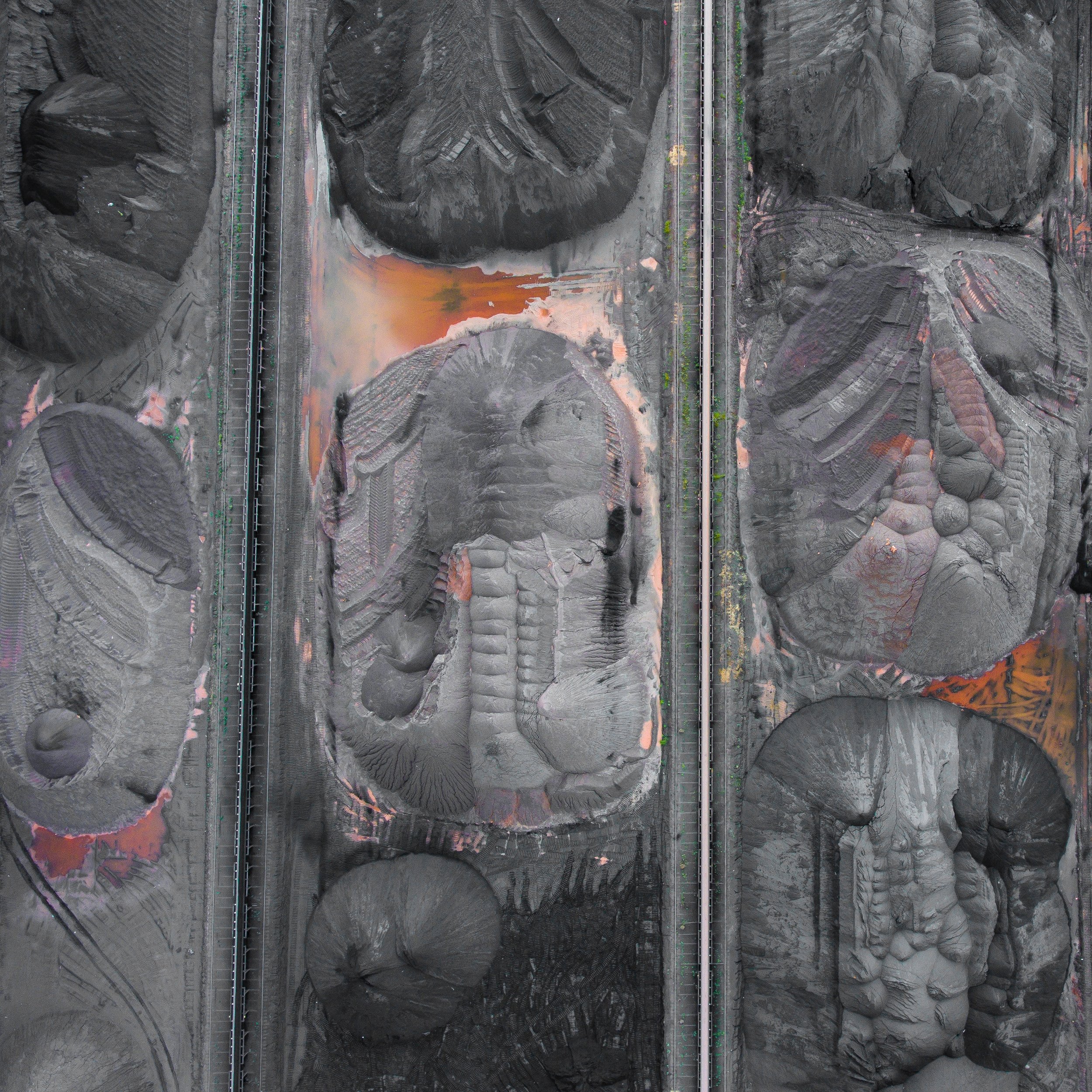China iron ore price woes hidden in index
Commodity Price index up.
On Monday, while I was enjoying a beer overlooking Mount Ainslie in Canberra, the people down the road at the RBA released the December Index of Commodity Prices.
This time, monthly average commodity prices increased by 8.6% in December, in SDR terms. Reporting in SDR terms removes changes in any one currency, i.e., in this case it removes the effect of the AUD which continues to strengthen while the USD weakens.
Here’s the headline cartoon, showing a cup forming above the 100 level.
The RBA in its release went on to say that when spot prices are used for iron ore and coal (both met and coking coal) the index increased by 14.4% in December.
The RBA also disclosed that the index experienced a 19.5% increase over the past year, i.e., since last December and just before COVID.
But it always gets a little murky because the RBA commentary treats all commodities the same in its headline numbers.
So, during some holiday downtime I downloaded the data set to see what we weren’t being told.
Using SDR spot for bulks reveals China’s chagrin.
First, a quick refresh: Iron ore and coal (the bulks) make up 53% of the index by weighting, which means that when those commodity prices move, one way or another, they effectively determine the overall index. A bit like the FANGs when looking at the S&P500 share index.
So, what happens when we just look at spot prices for the bulks, in isolation?
In SDR terms, iron ore and coal prices together increased at a blistering:
22% in December
44% over the past year
These are massive increases in spot prices and even moreso for iron ore when you consider coal prices decreased over the year.
The massive increase in iron ore spot is a function of:
curtailed Brazilian ore supply due to dam and environmental disasters as well as COVID
increasing steel input demand to feed China’s construction and infrastructure project-led COVID recovery package
no alternative supply sources at volume, yet, but see next section
no long term contractual pricing mechanisms
At present and until it diversifies in a more meaningful way, Fortescue (ASX.FMG) is a great tracking stock for iron ore. You only have to look at its rocket ship share price to understand the effect of surging ore prices - FMG is literally trading on a tech stock PE.
However, pricier inputs means less profitable steelmaking for China, unless it can pass the cost along, or, find another source of supply.
China’s response is supported by the numbers.
We’ve already seen that in SDR terms, bulk index spot prices were up 44% over the past year to December, and as mentioned above, iron ore on its own would have been higher.
And with around 80% of China’s iron ore imported, the 44% plus price increase indicates a high level of China steel mill margin pain, if this was to continue.
Is it any wonder that China made a call late last year for a different pricing mechanism? I seem to recall RIO responding that it might be prepared to discuss alternative pricing mechanisms but I don’t recall any constructive comments from the other top producers.
And the other day, Reuters reported that China’s Ministry of Industry and Information Technology (MIIT) announced it would be accelerating the development of offshore iron ore mines (we can assume Simandou is one even though it has its problems) and accelerating M&A to form world class steel groups.
With 20% of iron ore sourced internally and a goal of replacing 20% of current imports with ore from its accelerated investments (that’s 40% all up) China is looking to increase its pricing position.
Whether tariffs on other products have not delivered the desired effect and whether it is a negotiating tactic or reality, and whether it can actually happen, the Dragon appears to have been poked for too long on this one bulk commodity, and hence the kerfuffle.
Australian bulk producers and service providers.
If you were a non-diversified iron ore producer operating at the bottom of the global cost curve you might be happy to carry the plaintiff a few rounds and absorb a modicum of hurt to win a bigger game (i.e., a multi-decade business) given the massive margins currently enjoyed. Or, maybe you wouldn’t.
For smaller high grade niche players with customers wanting smaller packets/boutique blends, also not such a massive problem. For some, diversification is key.
Let’s also not forget that India is also a future customer and significantly underinvested in steel-making bulks per capita when compared to China.
As a result, the correct balancing of tonnes, grade, new developments, geographies and customer product preferences, as well as demand (origins and volumes) and metal diversification will be what separates the smart producers from the rest.
For product and service providers to the bulk commodities industry, of which we have a plethora in WA, this next decade is likely to be highly constructive and prosperous with increasing opportunities in and out of Australia.
Best wishes for a stellar 2021.
Mike.
Next Level Corporate Advisory is a leading M&A, capital markets and strategy advisor with a multi-decade track record of delivering high quality independent corporate advice and strategic transactions. We design, find and arrange transformative mergers, acquisitions, divestments, IPOs, growth financings and other corporate events that help our clients take their operational and corporate strategies to the next level, in and out of Australia.
All text in this article is copyright NextLevelCorporate.



